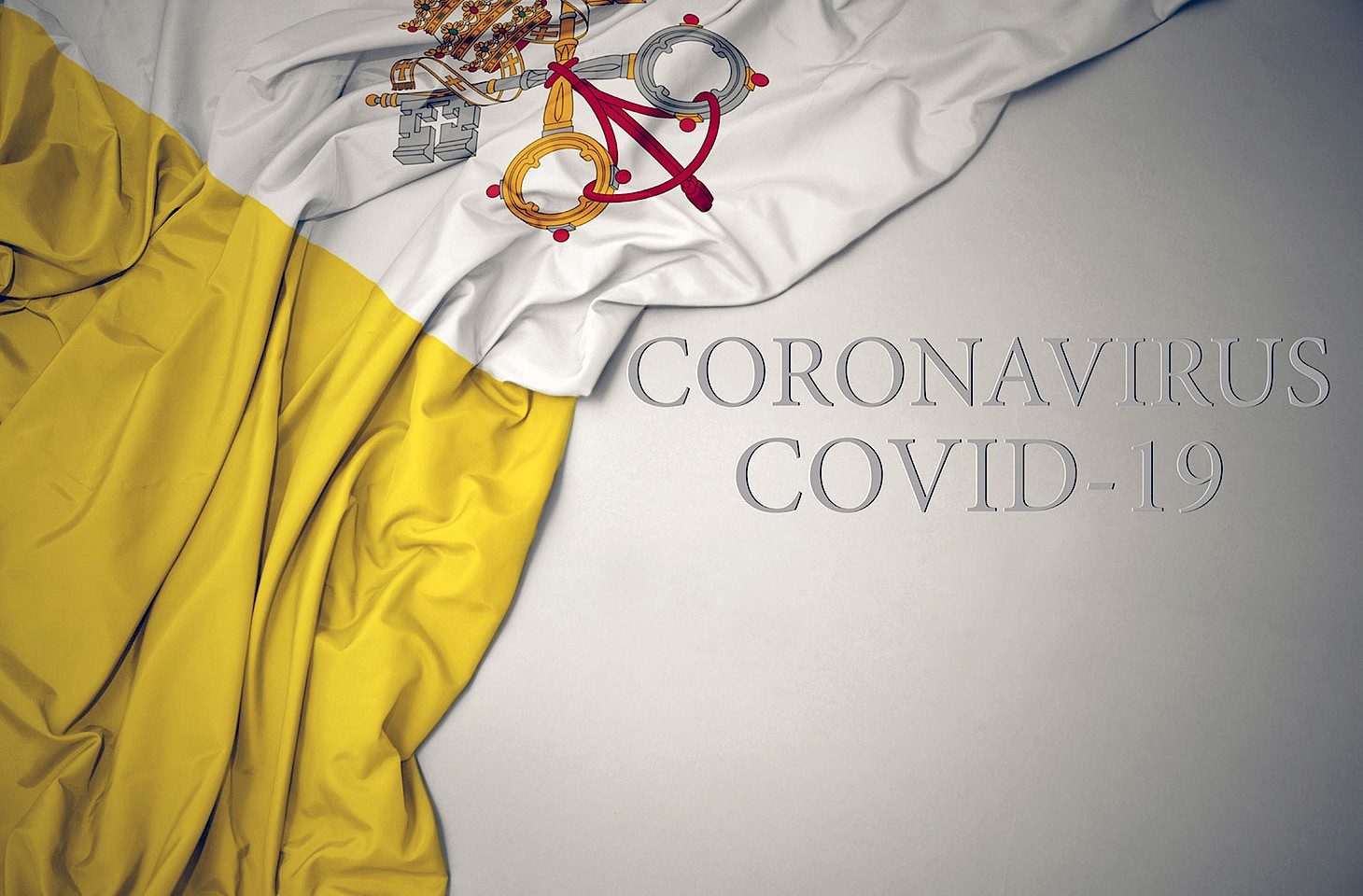Regular readers of this magazine will know that hidden europe often features unusual places. So our eyes naturally lit up when we heard that an Atlas of Improbable Places has just been published — not least because the title comes from Aurum Press, a London-based publisher which has a fine track record in tackling unusual themes. We gave a glowing review to another Aurum Press book, Skylines by Yolanda Zappaterra and Jan Fuscoe, in hidden europe 47.
The Atlas of Improbable Places escorts the reader to about four dozen oddball spots around the world, scattered over six continents. Europe enjoys fairly good coverage, with 17 ‘sights’, among them many very creative choices.
One of these sights is a town near Rotterdam where the designs for a series of bridges have been inspired by an unusual source: the euro banknotes. The architectural elements that feature on the euro notes are ingenious fabrications created by Austrian banknote designer Robert Kalina. The brief was to design a montage of quintessentially ‘European’ images without depicting specific structures. Using real bridges would have opened up a fiery debate about which country’s structures warranted inclusion.


